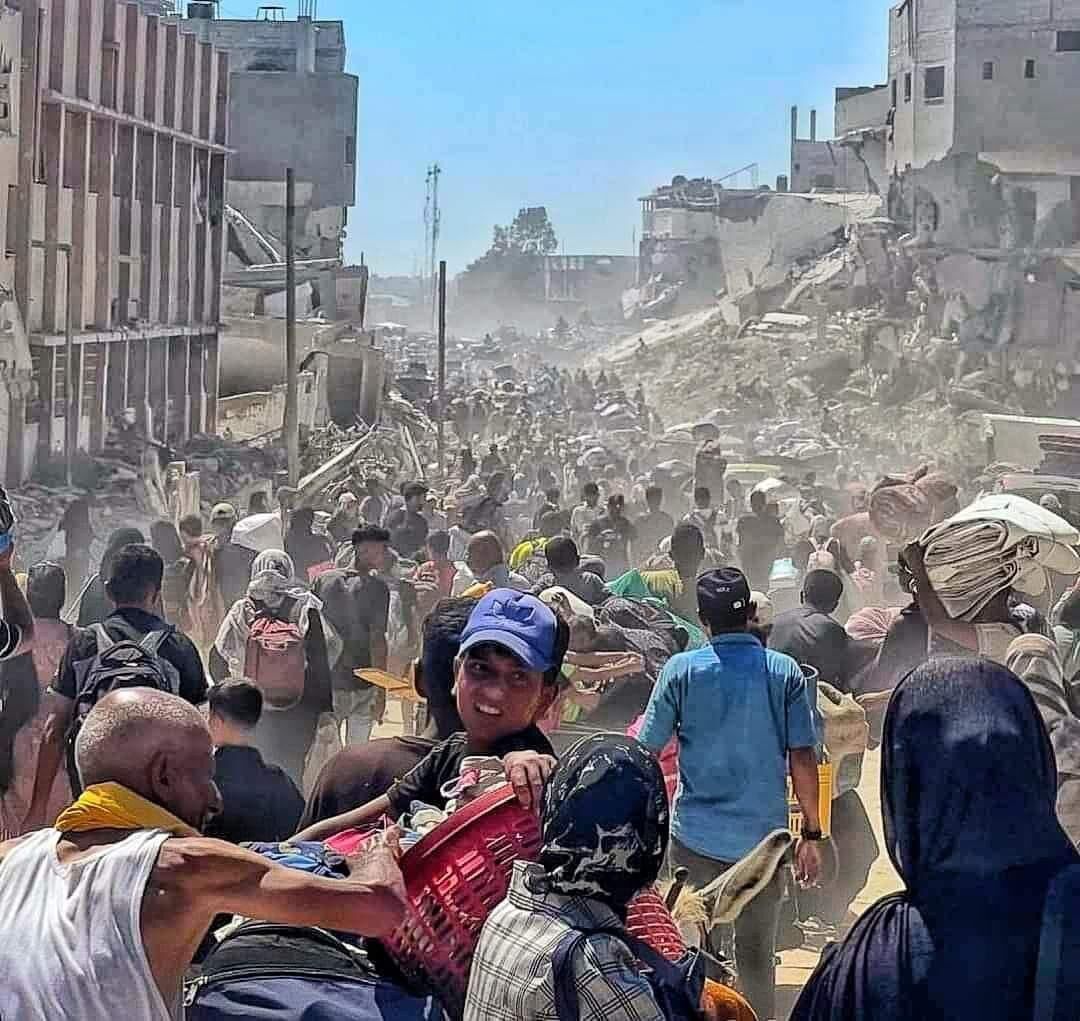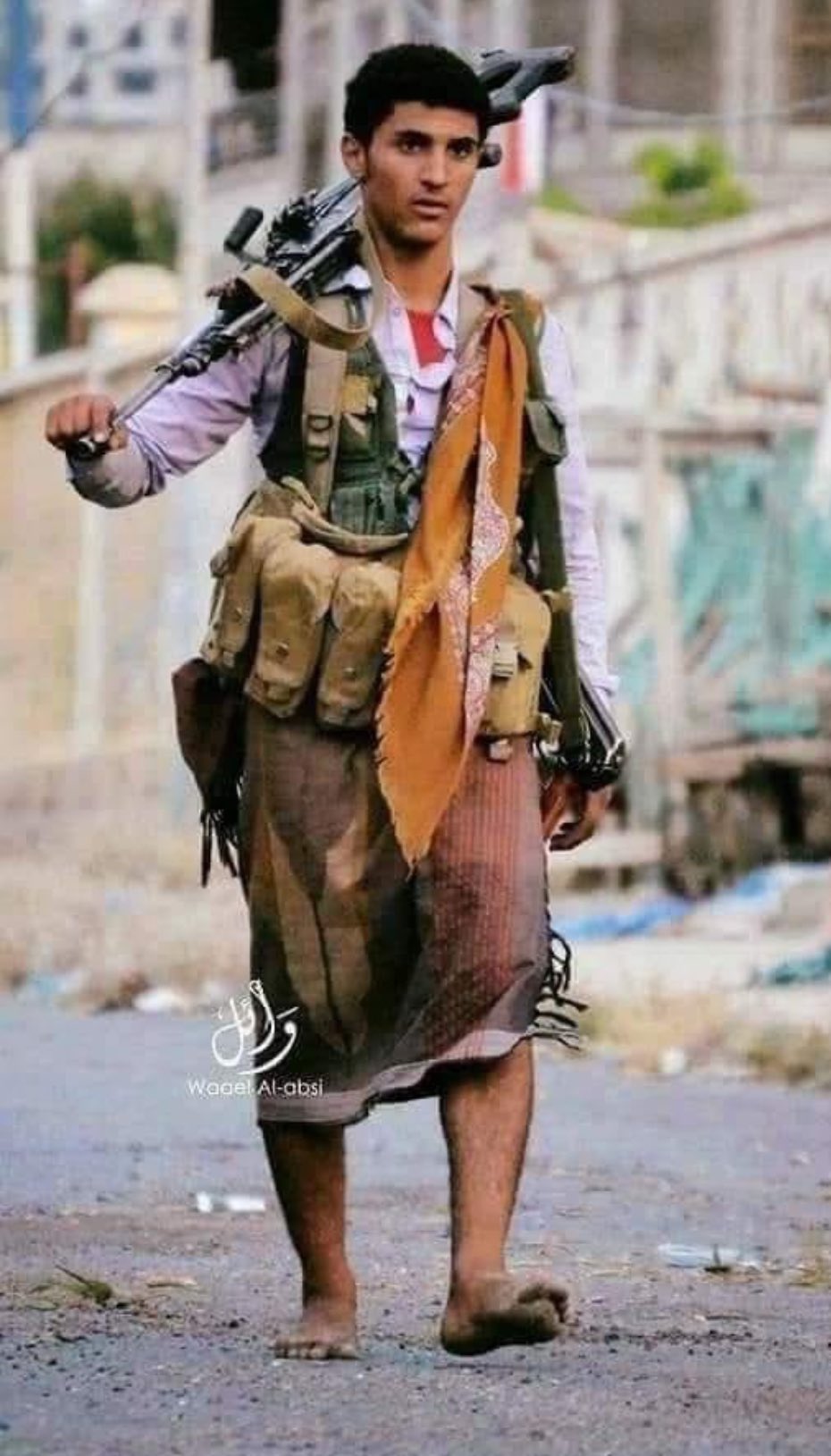Reshuffling Cards: Trump and Netanyahu’s Nightmare
(Crossfirearabia.com) – Benjamin Netanyahu hadn’t finished patting himself on the back for destroying the Sanaa International Airport – after all Israeli warplanes hit the country twice in less than 24 hours – before US President Donald Trump dramatically announced he had just reached a deal with the Houthis to stop striking Yemen. Shock, surprise, horror!
Trump added the Houthis promised in turn they would halt targeting all ships, including US vassals and tankers entering the world-trade-crucial Bab El Mandeb Straits, the Red Sea and presumably the Arabian Sea, just off the tip of the country in the south.
Thus, in one full swoop and at a strike of a pen, the war between the US and the Houthis, started in earnest since 15 March had come to an end in a mesmerizing fashion. During this time, the Americans had made at least a total of 1300 air-raids on Yemen in a bid to end the Houthis who had been striking Israel with ballistic missiles on a regular basis since 7 October, 2023 when Israel started bombarding Gaza.
The country that was behind the deal was Oman who had indeed announced, Tuesday, that an agreement between the United States and the Houthis, the effective but not internationally recognized government in Yemen, was reached to stop the war.
Omani Foreign Minister Badr Albusaidi said in a statement on X that: “Following recent discussions and contacts conducted by the Sultanate of Oman with the United States and the relevant authorities in Sana’a, in the Republic of Yemen, with the aim of de-escalation, efforts have resulted in a ceasefire agreement between the two sides,” as carried by Anadolu.
Analysts since suggested that the deal was reached because the two sides had wanted to end the open-ended escalation that was proving very costly not least of all to the United States which hiked the US treasury bill to about $1 billion dollars since its campaign, mostly to support Israel, in less than one month of military action.
The Houthis on the other hand didn’t want to fight on two fronts, the Americans and the Israelis. For them ending one front was perfectly logical to focus on strikes against Israel in a bid to end the latter’s war on Gaza, and which Israel has promised to step up soon and added to the misery and genocide of Palestinians in Gaza.
In agreeing to stop attacking shipping in the area they were of the firm belief that Trump had not meant that no firing against Israel as part of the deal which meant they would continue to strike Jewish cities, airports areas and military installations, more than 2000 kilometers away, until Israel ends its war on Gaza.
It is still too early to read into how things will unfold, especially since Trump is coming to Saudi Arabia and the Gulf in mid-May, but everyone is seeing the deal as creating a wedge between the US-Israeli alliance on matters relating to US security in the region and especially on the Iran nuclear file, where incessant negotiations – now in their third and fourth rounds -are taking place for the first time between Washington and Tehran in Muscat and through an Omani team lead by their formidable Omani Foreign Minister Albusaidi as mediator.
These are developments that are clearly upsetting Netanyahu who is dead against any nuclear deal that may be reached between the White House and Tehran and wants to strike Iran’s nuclear facilities regardless of the dangerous consequences. But this is seen as a critical line between Trump and Netanyahu while the former is determined to initial a new nuclear deal which he would see as a great US success and for his diplomacy in checking Iran’s nuclear weapon.
International issues as they stand are still fluid for Trump is looking for certain objectives most of all includes his slogan of “Make America Great Again”, focusing on his domestic scene, and not getting involved in unnecessary war around the globe, hence his wish to end the Ukraine War, the war on Gaza and achieve a new nuclear deal with Iran; these are objectives, especially they last two, are not at all in line with the Netanyahu who is attacking Syria, Lebanon, Iraq and occasionally Yemen.
Thus the last deal between Trump and the Houthis, regardless of whether it would stick in the end, is surely likely to be a “splitting headache” for Netanyahu, from a man who was once seen as great friend to Israel.
But the Israeli Prime Minister must not forget that Trump is no pushover, he is a broker who likes to do things his own way.
This analysis is written by Dr Marwan Asmar, chief editor of the crossfirearabia.com website.








